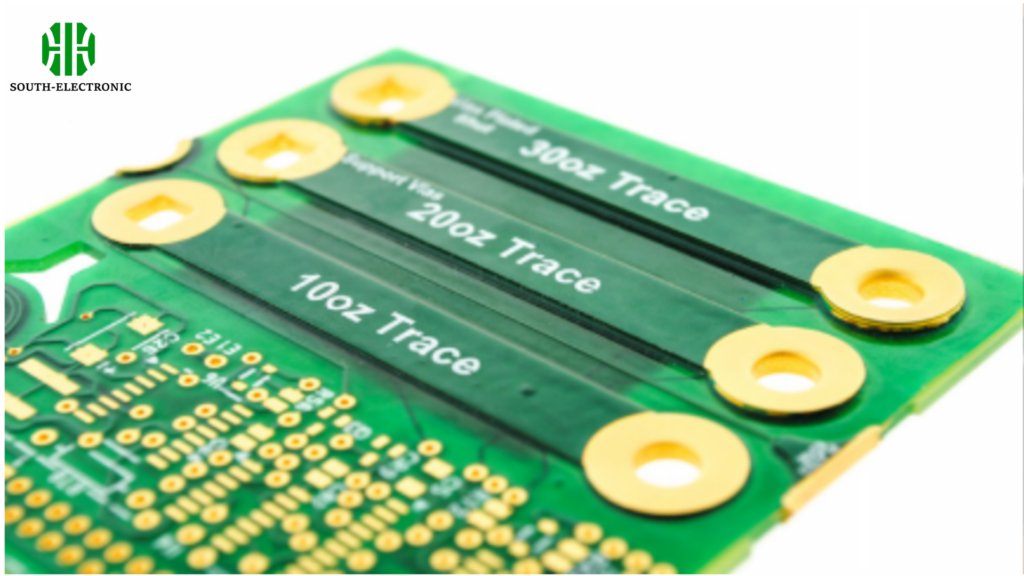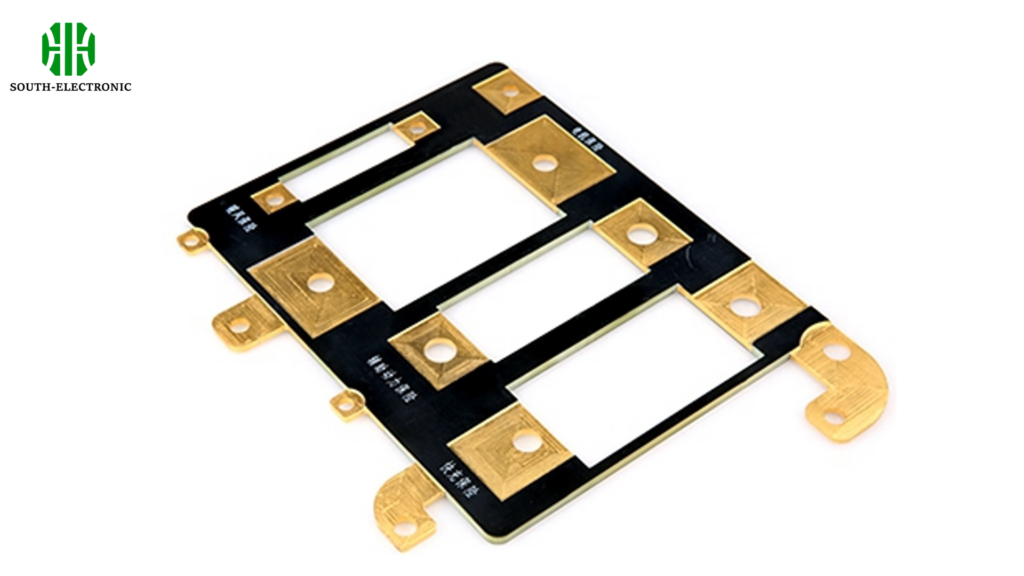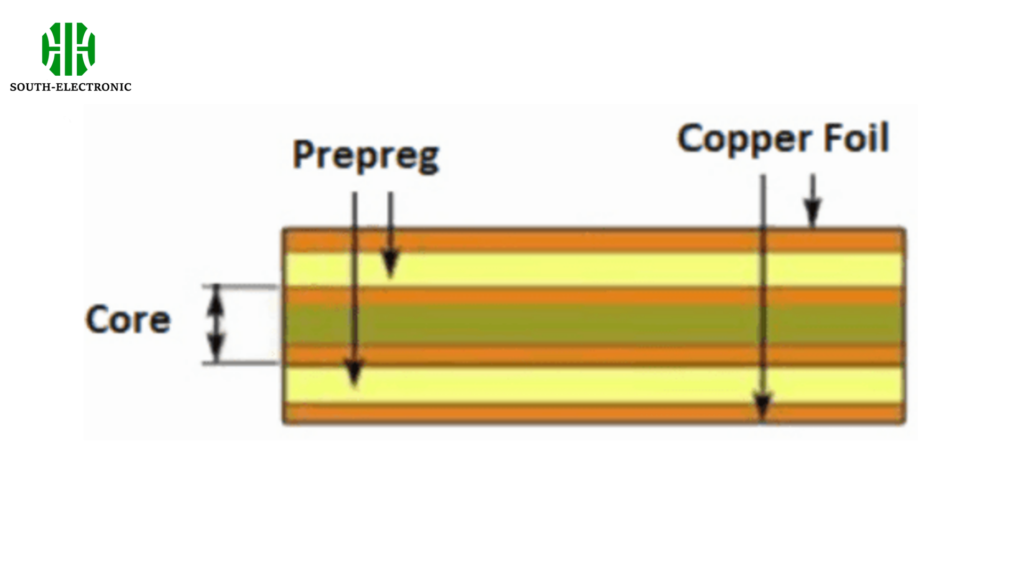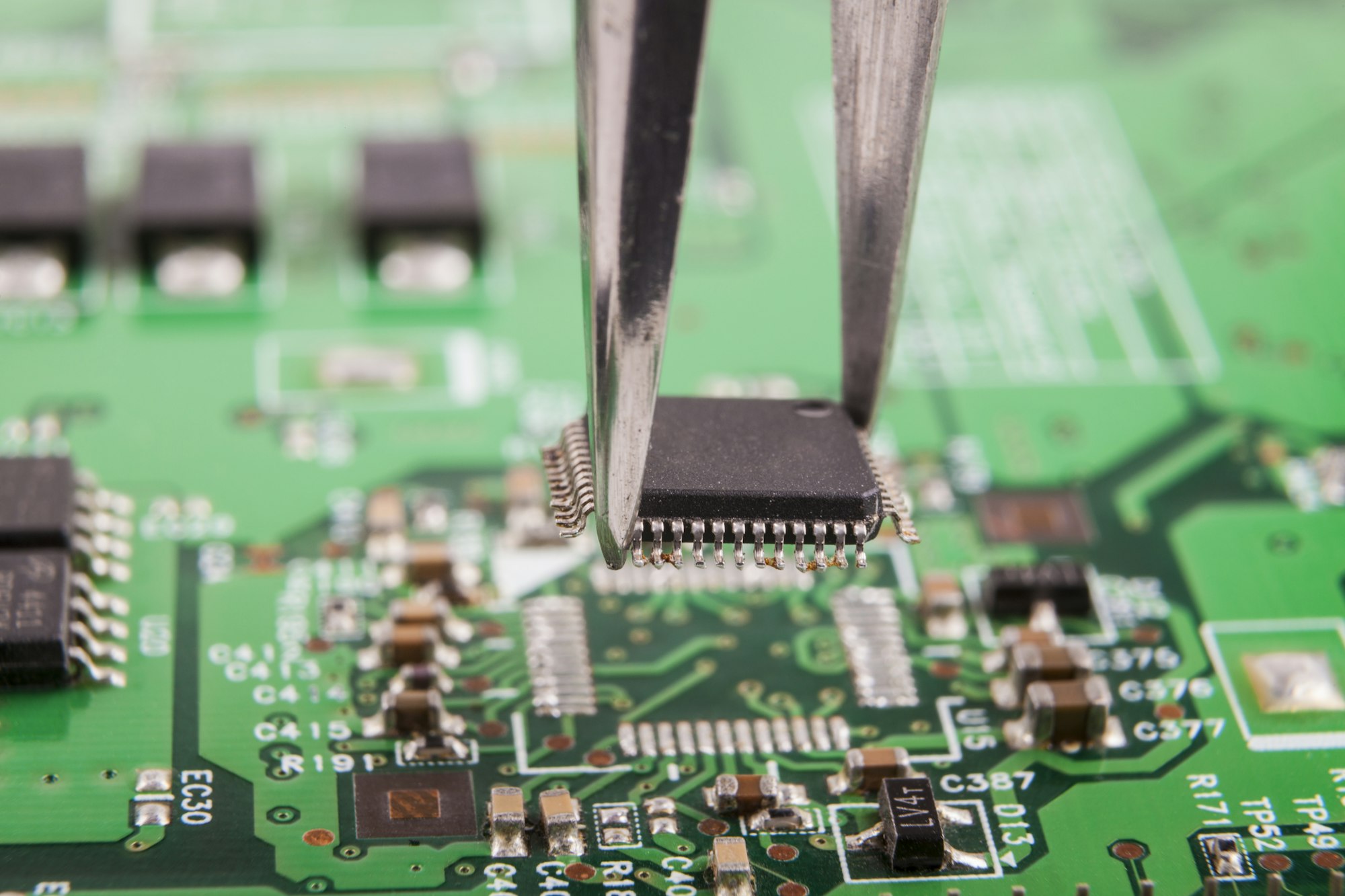What is a Heavy Copper PCB?
Heavy copper PCBs are specialized printed circuit boards that have a copper thickness of 3 ounces per square foot or more. Unlike standard PCBs, which usually have copper thicknesses of 1 to 3 ounces, heavy copper PCBs are designed to handle higher electrical currents and have better thermal resistance. This makes them perfect for demanding applications in industries like automotive, military, and renewable energy.
What are the advantages of using heavy copper PCBs?
Heavy copper PCBs offer several advantages:
- Higher Current Handling: They can carry more electrical current without overheating.
- Better Heat Dissipation: They efficiently spread out heat, which helps in managing high temperatures.
- Stronger Structure: The extra thickness provides more strength and durability.
- Longer Lifespan: They withstand thermal stress better, making them last longer.
- Compact Design: They can perform well even in smaller sizes, which can save space and reduce costs.
- Versatile Integration: They allow for combining high-power and control circuits on the same board, simplifying design and assembly.
- Reliability: They perform well in extreme environments, suitable for military and industrial applications.

How much does heavy copper PCB copper weight?
Here is a table illustrating typical copper weights found in heavy copper PCBs and their applications across different industries:
| Copper Weight (oz) | Applications |
|---|---|
| 3 – 6 | Automotive controls, industrial equipment |
| 6 – 10 | Power supply units, HVAC systems |
| 10 – 20 | Renewable energy systems, military hardware |
What design challenges are associated with heavy copper PCBs?
Designing heavy copper PCBs comes with challenges like:
- Etching Difficulties: More copper makes etching finer details harder.
- Heat Management: Managing heat during manufacturing and operation can be tricky.
- Soldering Issues: These PCBs need more heat for soldering, which can complicate assembly.
- Mechanical Stress: The extra weight can strain solder joints and connectors.
- Higher Costs: They are more expensive to make due to special processing needs.
- Design Limits: The thickness limits how finely you can design the circuits.
- Increased Weight: They are heavier, which can be a problem in space-sensitive applications.

Can heavy copper PCBs be used in flexible circuits?
Heavy copper PCBs don’t work well for flexible circuits because they’re not flexible, they’re heavy, and they’re thick. These things make it hard for the circuit to bend and conform to different shapes, which is what you need in a flexible circuit. Plus, if you bend heavy copper too much, it can break. If you need something that’s both flexible and can carry a lot of current, you can try using multiple layers of thinner copper or combining rigid and flexible PCB technologies.



